YouTube’s marking Safer Internet Day with some expanded measures to help keep young users safe, including updates to its in-stream “Take a Break” prompts, a broader roll out of content restrictions for potentially harmful topics, and a new report on digital wellbeing, created in collaboration with adolescent health experts.
First off, on Take Break reminders, YouTube’s in-app alerts to ensure that users remain conscious of the time that they’re spending in the app. YouTube’s Take a Break and Bedtime reminder tools are now available in all regions, and are active by default for teens and younger children.
YouTube says that both Take a Break and Bedtime reminders will now appear as a full-screen alert across both Shorts and long-form videos, while Take a Break will have a default trigger setting for every 60 minutes.
In addition, autoplay is set to off by default for teens and for supervised accounts.
YouTube’s also expanding its content safeguards to more regions, in order to offer more protection for vulnerable users.
“We worked with our Youth and Families Advisory Committee to develop safeguards by identifying categories of content that may be okay to watch as a single video, but could be problematic for some teens if viewed in repetition. This includes physical comparison content that idealizes certain physical features, fitness levels, or body weights over others or real-world social aggression content that shows non-contact fights or intimidation. We’re now limiting repeated recommendations of videos related to these topics for teens in the United States, and these updates will be coming soon to additional countries in 2024.”
YouTube rabbitholes can be particularly problematic, and this measure will help to ensure that youngsters don’t get into a dangerous spiral of repeated content in certain categories.
Finally, YouTube has released a new report, in partnership with the World Health Organization (WHO) and British Medical Journal (BMJ), which outlines principles for appropriate mental health content for teens, and provides guidance on communication strategies for the same.
The measures build on YouTube’s already robust protection tools for teen users, which provide parents with more capacity to manage what their kids are exposed to in the app.
Of course, part of the challenge also lies in kids not subverting these systems, which, given they’ve been raised in the digital age, they are highly adept at. But if you are concerned, and looking for ways to ensure your child’s safety, it is worth looking into the various tools YouTube offers here.
You can read more about YouTube’s child safety tools here.



